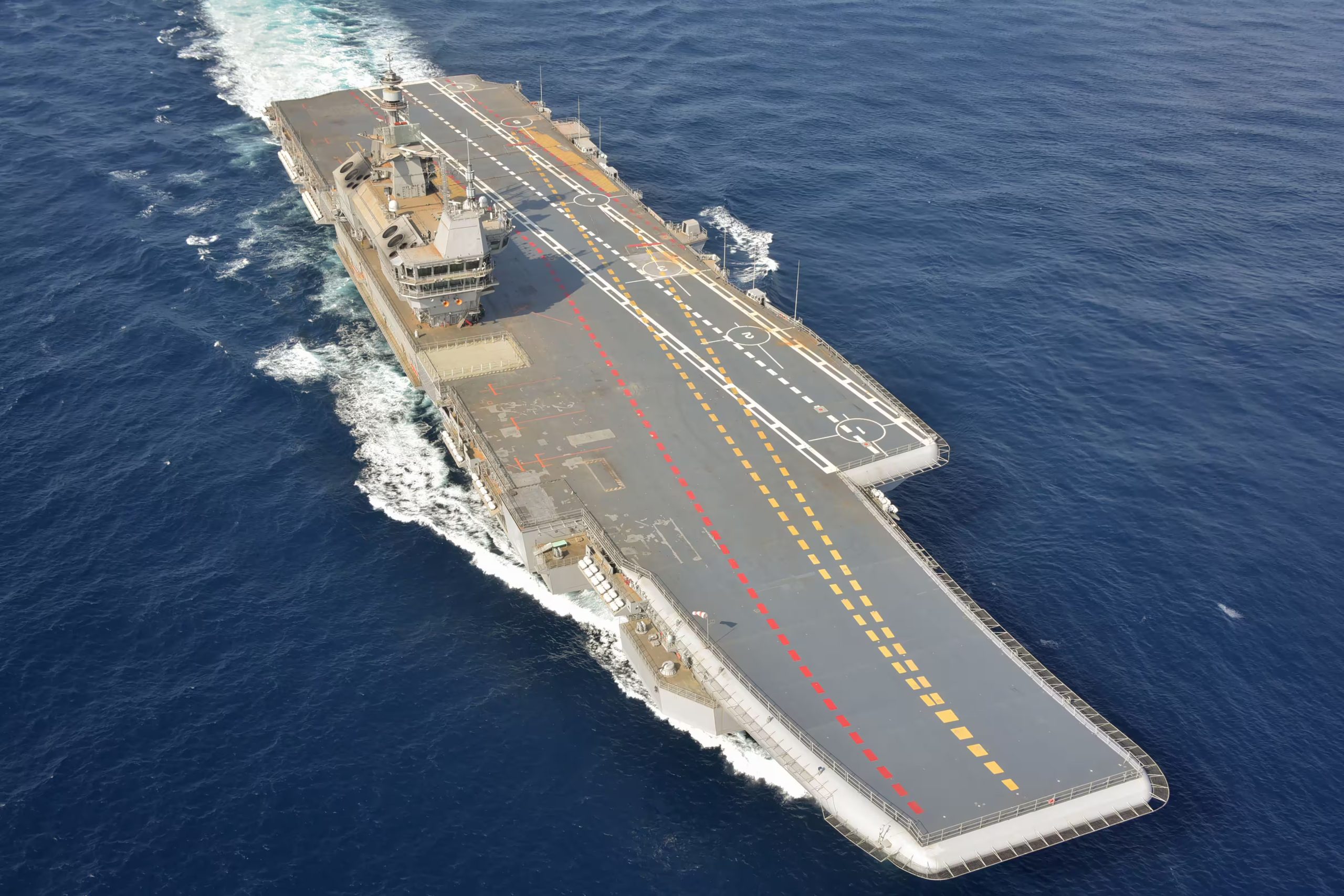During the peak of Operation Sindoor, the Indian Navy was on high alert and poised to execute a major offensive against Pakistan, with target packages assigned and launch-ready platforms in place. Multiple naval units, including surface ships and submarines, had been cleared to strike Pakistan Navy assets and key land-based targets using BrahMos and Klub-class cruise missiles. However, the final go-ahead never came, according to sources familiar with the operation.
Had the Navy proceeded, it would have marked a significant escalation in the military confrontation that followed the deadly April 22 terror attack in Pahalgam, Jammu & Kashmir, which claimed 26 civilian lives. Operation Sindoor was India’s retaliatory campaign between May 6 and 7, 2025, involving precision air and missile strikes on at least nine terrorist installations in Pakistan.
According to defence sources, Indian Navy submarines and warships were in optimal strike positions. Targets reportedly included Pakistani naval vessels docked at Karachi and other installations along the coast. The Navy had also deployed land-based launch platforms capable of delivering long-range precision weapons, although the specific systems used remain classified.
Throughout the standoff, Pakistan’s naval fleet, including frigates and corvettes, remained confined to harbours. This defensive posture is believed to have been in response to India’s overwhelming maritime superiority, led by the INS Vikrant carrier battle group.
The Vikrant-led task force not only maintained a stronghold over the North Arabian Sea but also ensured full air superiority off Pakistan’s southern coastline. MiG-29K fighter jets from the carrier enforced this dominance by intercepting and turning back a lone Pakistan Navy RAS-72 Sea Eagle maritime patrol aircraft that attempted surveillance after hostilities had officially ended.
In a close encounter, a MiG-29K reportedly flew within a few hundred metres of the Pakistani aircraft, forcing it to retreat, showcasing India’s air readiness and assertiveness post-conflict.
While the Navy did not proceed with a full-scale strike, military analysts suggest that its deterrent posture and operational readiness played a crucial role in controlling escalation and projecting Indian dominance in the region. The episode also highlights the increasing role of naval power in joint-force operations and strategic retaliation planning.
Operation Sindoor marked a turning point in India’s counter-terror response doctrine, signalling a willingness to employ coordinated tri-service action and expand the theatre of operations to ensure national security.







